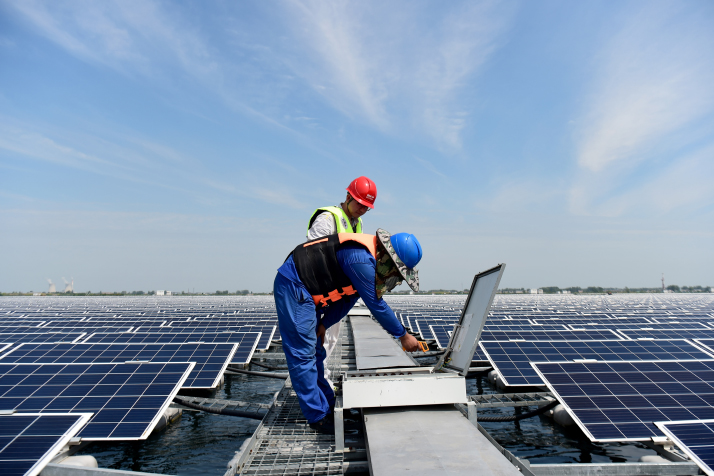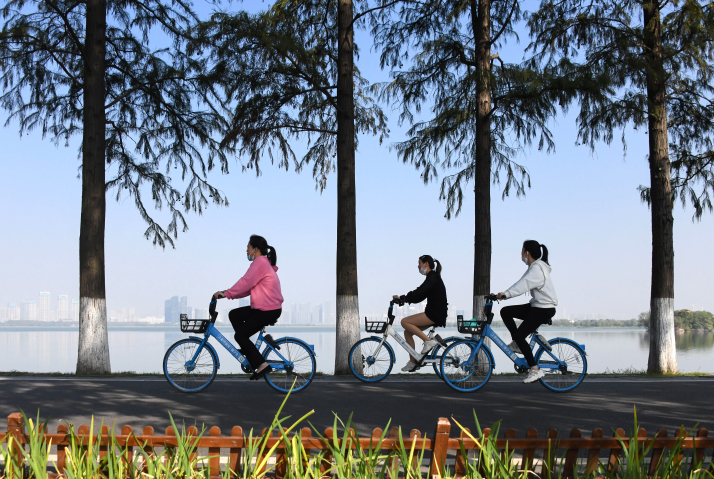BEIJING: On November 1, Cainiao Network, e-commerce giant Alibaba’s logistics arm, posted a special ad online, recruiting 1,000 volunteers to show customers how to recycle their express packages at more than 300 Cainiao outlets nationwide. In turn, people could receive eggs or other gifts, a typical incentive in China adopted by companies to promote their products or services.
The call intends to encourage individuals to reduce their carbon emissions and protect the environment. The recycled cardboard boxes will be used for future deliveries or turned into notebooks that will be donated to charities helping students in need. The campaign runs from November 1 to 20, the peak delivery period for Alibaba’s annual online shopping bonanza known as Double 11, which started on November 11, 2009.
At this point in time, all sectors of Chinese society have actively addressed climate change and promised to peak their carbon dioxide emissions before 2030 and achieve carbon neutrality before 2060.
The country has always attached great importance to addressing climate change and has made positive progress in the past years, with carbon dioxide emissions per unit of GDP declining, according to China’s Policies and Actions to Address Climate Change 2022 Annual Report released by China’s Ministry of Ecology and Environment in October.
The report introduces the country’s recent top-down actions in the fight against climate change. For example, by 2025, China’s carbon dioxide emissions per unit of GDP will be lowered by 18 percent from the 2020 level—an obligatory target for every region nationwide. All provincial-level regions are required to set specific targets and tasks to achieve green and low-carbon development.
 In Shanxi, a major coal-producing province that has produced nearly 10 billion tons of coal in the past decade—about a quarter of the national output, digital transformation is encouraged in coal mines. With the adoption of cutting-edge technology and digitized systems, mining efficiency has been on the up.
In Shanxi, a major coal-producing province that has produced nearly 10 billion tons of coal in the past decade—about a quarter of the national output, digital transformation is encouraged in coal mines. With the adoption of cutting-edge technology and digitized systems, mining efficiency has been on the up.
Previously, exploiting 1 ton of coal required 2.48 tons of water, whereas modern water retention technology has now significantly lowered the impact on water resources, despite increasing mining costs by about 20 yuan ($2.9) per ton, Li Shi, chief engineer of a mine in Jiexiu of Shanxi Province, explained to Xinhua News Agency. The local government also came up with supporting measures to subsidize or offer other preferential policies to companies and projects embracing green development.
In addition to green science and technology, economic measures have also been adopted to reduce carbon emissions. In 2020, Shenzhen City in Guangdong Province unveiled China’s first local green finance regulation, requiring financial institutions registered there to disclose their environmental impact data and provide products and services conducive to saving resources and protecting the ecological environment.
–The Daily Mail-Beijing Review news exchange item






